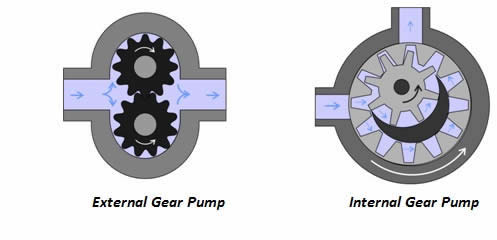|
Type of gear pump
|
External
|
Internal
|
Various fuel oils and lube oils
|
√
|
√
|
Chemical additive and polymer metering
|
√
|
|
Chemical mixing and blending
|
√
|
|
Industrial, agricultural and mobile hydraulic applications
|
√
|
|
Acids and caustic (stainless steel or composite construction)
|
√
|
|
Resins and polymers
|
|
√
|
Alcohols and solvents
|
√
|
√
|
Asphalt, bitumen, and tar
|
|
√
|
Polyurethane foam (Isocyanate and polyol)
|
|
√
|
|
Food products: corn syrup, peanut butter, cacao butter, chocolate, sugar, fillers, vegetable fats, vegetable oils, animal feed
|
|
√
|
Paint, inks, and pigments
|
|
√
|
Soaps and surfactants
|
|
√
|
Glycol
|
|
√
|
